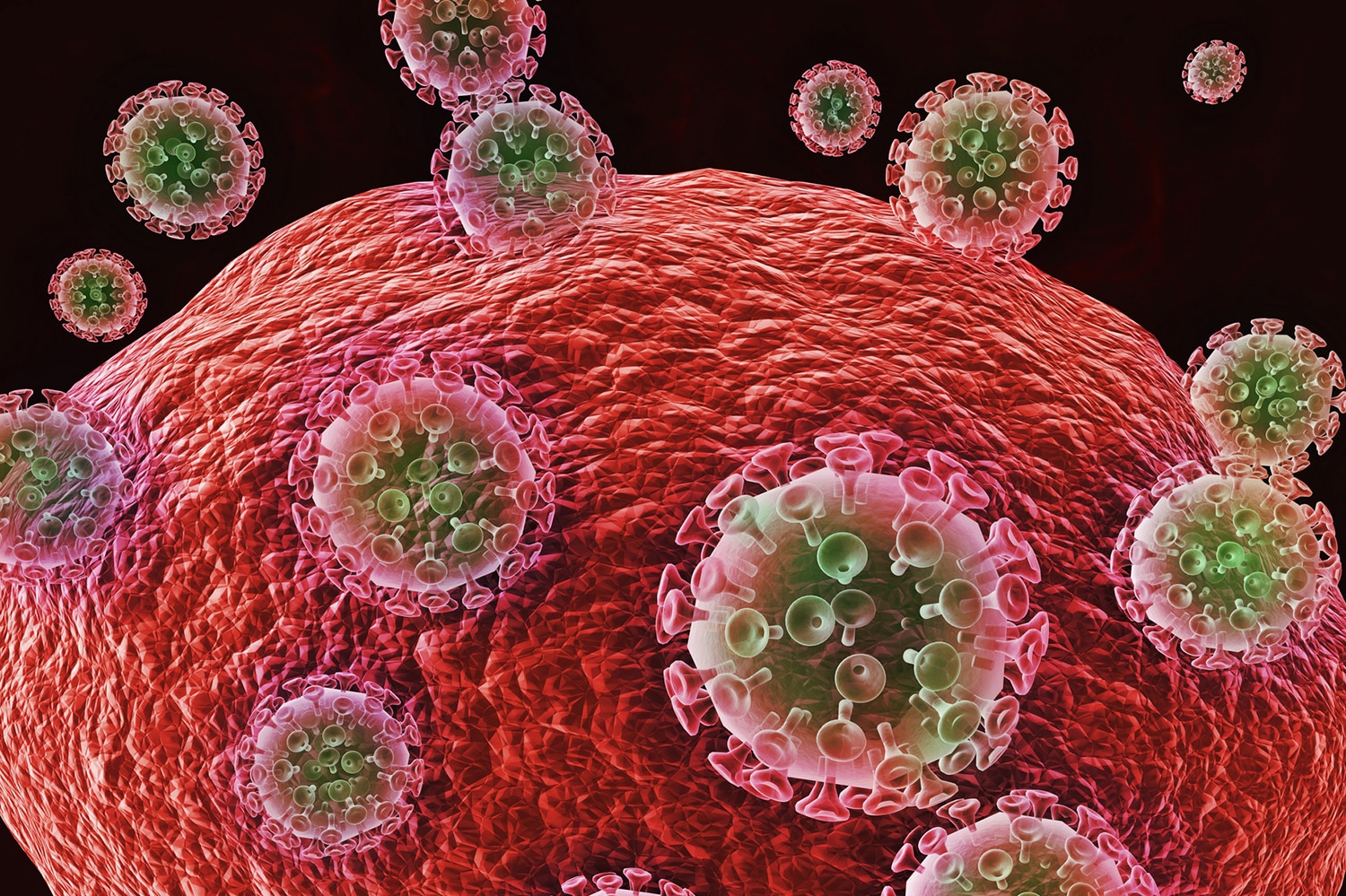People with HIV—the virus that causes AIDS—are at increased risk of being diagnosed with a variety of cancers. But knowledge of this increased risk doesn’t always translate into proper care. A recent study found that people who are HIV-positive are less likely to get treated for their cancers than HIV-negative cancer patients.
The Centers for Disease Control and Prevention estimates more than 1.2 million HIV-positive people are living in the U.S. While some AIDS-related cancers have become less common as HIV treatment has improved, rates of other cancers have stayed the same or even increased in people infected with HIV. Statistics show that HIV-positive individuals now have a higher-than-average risk of being diagnosed with Hodgkin lymphoma and liver, cervical, anal and lung cancer. Prostate and breast cancer are not seen at higher rates among HIV-positive individuals but are also a concern.
The study, published Aug. 1, 2016, in Cancer, compared more than 10,000 HIV-positive adults with more than 2 million HIV-negative adults, each of whom had been diagnosed with one of 10 types of cancer at age 65 or younger. For nine of these cancers, the HIV-positive patients were significantly less likely to receive treatment following their cancer diagnosis. (The exception was anal cancer.)
“We are likely undertreating HIV-infected cancer patients,” says Gita Suneja, a radiation oncologist at the University of Utah School of Medicine in Salt Lake City, who led the study.
The situation may exist, in part, because people with HIV are also more likely to be African-American or underinsured—two risk factors for not receiving medical care, regardless of HIV status. But race did not entirely explain the differences in treatment for most cancers between HIV-positive and HIV-negative cancer patients. And even among people with private insurance, for most cancers, people with HIV received less cancer care, the researchers found.
Sexual orientation and HIV treatment status were not looked at in the study but could also be factors. Doctors may be less likely to treat people for cancer if their HIV is poorly controlled. And LGBT people can face special challenges when it comes to cancer treatment. (See “Cancer Comes Out.”) Some doctors’ uncertainty and outdated knowledge about treating cancer in HIV patients could be other reasons for undertreatment, Suneja says.
Experts have developed guidelines for treating anal cancer and non-Hodgkin lymphoma in people with HIV. But whether other cancers should be treated differently in HIV-positive patients has not been thoroughly addressed. People with HIV are barred from many clinical trials for cancer treatments.
Some groups are trying to fill the data gap. For example, the National Cancer Institute’s HIV and AIDS Malignancy Branch recently launched a phase I trial of the immunotherapy drug Keytruda (pembrolizumab) in HIV-positive cancer patients. Keytruda targets a protein called PD-1, explains Thomas Uldrick, a viral oncologist with the HIV and AIDS Malignancy Branch, who is leading the trial. Blocking that protein allows the immune system to kill cancer cells. Some immune cells in people with HIV produce more of the PD-1 protein than is normal. Uldrick and his colleagues hope that the drug will unleash patients’ immune systems to destroy not only cancer cells, but cells with HIV as well.
The Louisiana State University Health Sciences Center in New Orleans has an HIV Cancer Care Program that brings high-quality care and clinical trials to patients with HIV and cancer. Program leader Chris Parsons, an HIV specialist, says integrating care for both diseases benefits patients and doctors. Having “dedicated and experienced HIV doctors and oncologists in the same space who communicate with one another and make decisions jointly together—that’s the best approach,” he says.
Suneja agrees. “One of our hopes is that [our research] will raise awareness among both HIV doctors and also oncologists to say, this is a special patient population within oncology that we should focus on,” she says.
Cancer Today magazine is free to cancer patients, survivors and caregivers who live in the U.S. Subscribe here to receive four issues per year.





